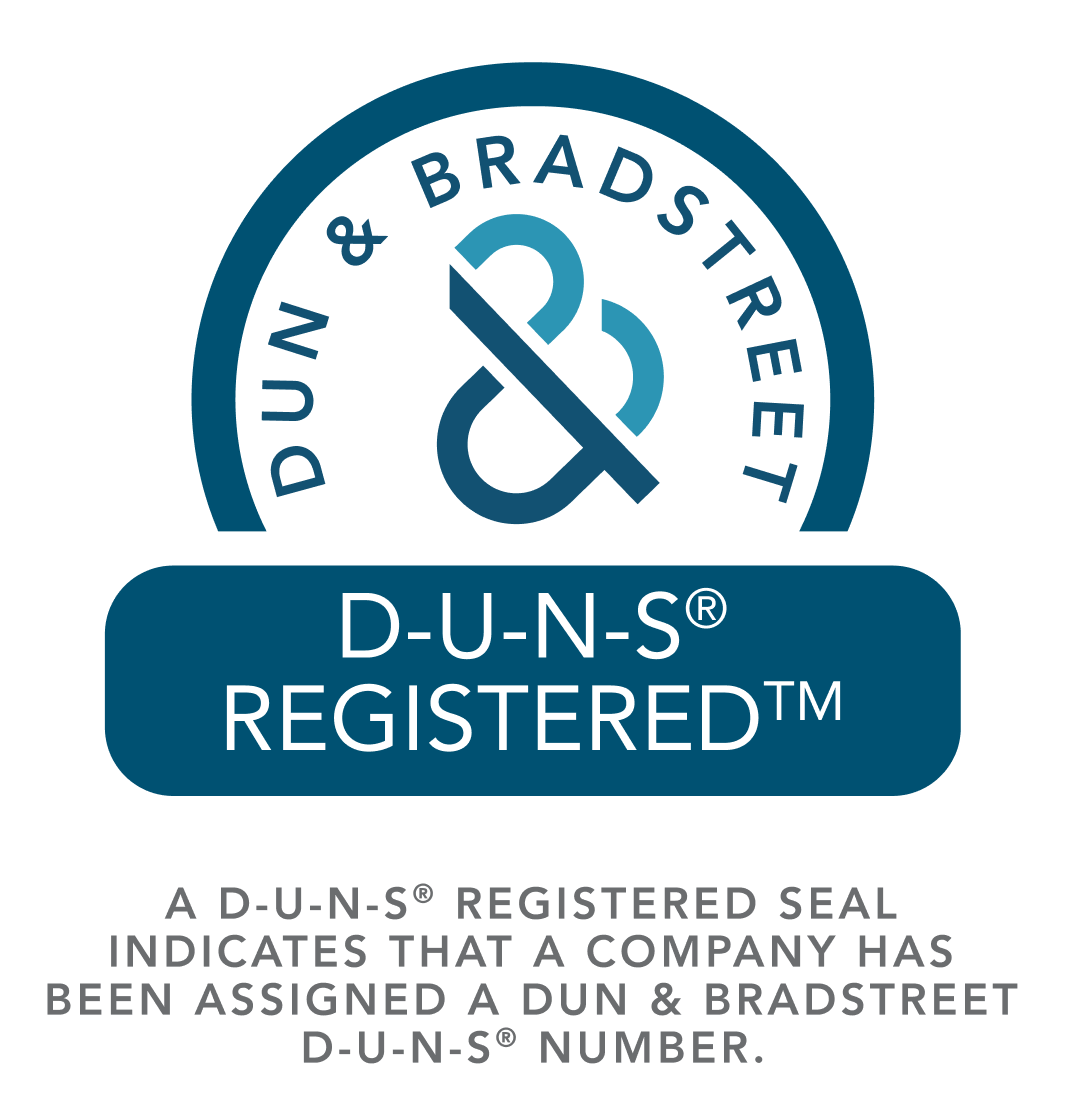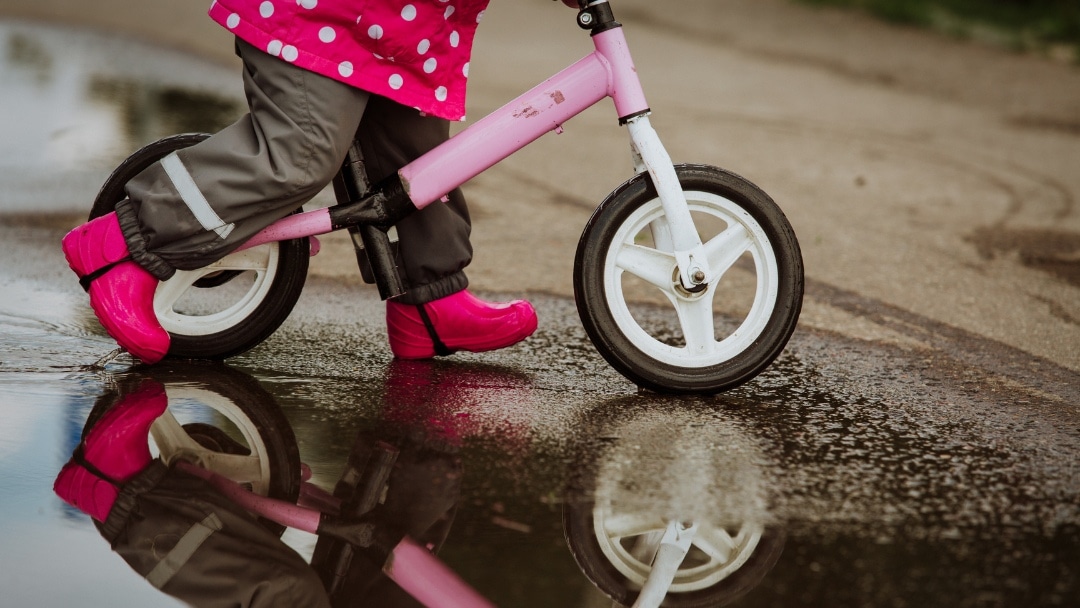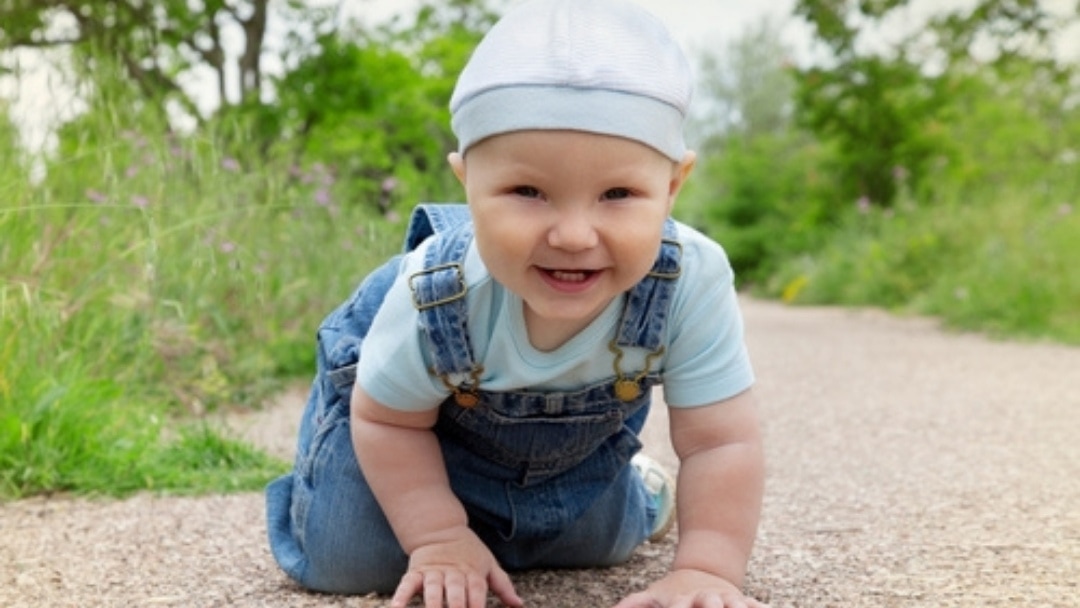In this blog post, Mary Rentschler, MEd, Brain Gym consultant and instructor, discusses how Brain Gym can be helpful for sensory integration.
I have often thought to myself that occupational therapy, sensory integration occupational therapy and Brain Gym are totally compatible and complimentary. I took a workshop called “In Sync: Integrating the Senses through Movement” that was taught by Rita Edwards, Dip. OT, DTSE, Brain Gym Consultant, and Edu-K International Faculty member. The course demonstrates how to combine OT, Brain Gym and sensory integration.
Rita acknowledged Paul and Gail Dennison, Carla Hannaford, Jean Ayres, and Carol Kranowitz as providing conceptual and practical support for her work. She has developed balances (a process for putting interventions into the context of a specific goal) for integration of the cranial-sacral, vestibular, proprioceptive, visual, auditory, tactile, olfactory and gustatory systems.
A Balance for Vestibular Integration
Lisa, a seven-year-old with low muscle tone, wanted to ride her bike around corners and stop easily. First she did some warm ups to get ready for new learning. We made sure that her goal is appropriate and realistic. Muscle testing leads us to choose vestibular integration as a priority.
Next, we identifed aspects of bike riding that cause stress in her system. Simply walking the bike or sitting on it would probably produce a weak muscle check (MC). She also performed various activities that stimulate the vestibular system, each time noticing or muscle checking to establish awareness of stress and provide a base line for measuring progress.
- Hold left, then right mastoid, bringing attention to the semi-circular canals – part of the vestibular system – just beneath this bone. (MC)
- Prone extension posture (how many seconds?)
- Standing balance, eyes open and closed (seconds?)
- Spinning with eyes closed, MC or notice loss of balance
- Leaning forward, MC
- Resist being pushed
The next step was the intervention. Lisa chose, or muscle checks could lead to a choice, among activities that would foster integration by providing physical, environmental, emotional and/or energetic support:
- Physical: Brain Gym Midline Movements and Lengthening Activities or other movement stimulation (bouncing, rolling, spinning, jumping)
- Environmental: Vestibular stimulation in daily home, playground and classroom routines. Drinking more water.
- Emotional: Brain Gym (Positive Points and Hook-Ups), Integrating music, free movement, dance, resonation
- Energetic: Brain Gym (Energy Exercises)
The last step was to revisit the pre-checks, noticing the absence of stress, changes in MCs, and new ease with the goal activity. Lisa then practiced bike riding and chose Brain Gym or other home activities to reinforce her new skills.
A Balance for Auditory Integration
Danny, also age seven, experienced dramatic progress in reading through a similar process. He read haltingly, nearly breathless with effort. Pre-checks showed ease for vision, but significant stress for auditory integration, particularly for the right ear, which feeds primarily into the brain’s language hemisphere.
Danny was able to identify his feelings when he read as “confused” and “frustrated.” To see if this might be an echo of past stress, we explored, through muscle checking, and found age three and four. “Oh,” said his mom, “that’s the year I was sick.” She had, in fact, been critically ill, so ill that a little boy could very well have wanted to block his ears against bad news.
To integrate his hearing, Danny needed “Temporal Tapping,” firm tapping on the skull all around the outline of his ears. Afterwards he picked up his book again and began reading with obvious pleasure, never stopping until it was time to leave. He could now “hear” the story. At home Danny greeted his father saying, “Dad! I used to hate to read! Now I love to read.”
Goals
Goals involving vision required checks for tracking, looking in all directions, and far/near pursuits. Physical interventions could be Brain Gym, Vision Gym, or other eye exercises. Nurturing the eyes with more time outside, less screen time, and improved diet could address environmental issues.
For the tactile system pre/post-checks might include wearing a sweater, standing close to someone, hugging, stroking or brushing. Balances for other senses would have different goals, pre/post-checks, interventions, and reinforcement. The approach is infinitely adaptable.
A goal should be the child’s, not the therapist’s or parents’ choice. When a child mobilizes all his/her resources of energy, motivation and intention, then the work has deep relevance and personal meaning. Interventions that address physical, environmental, emotional and energetic issues render the process all the more truly holistic.
Brain Gym® is a registered trademark of the Educational Kinesiology Foundation/Brain Gym® International.
Are you ready to help your child heal?
Join us at Healing Together, where you’ll find even more resources plus a community to support you, every step of the way.

Join our email list to get free healing resources delivered right to your inbox.
Join our community

This information is not a substitute for medical advice, treatment, diagnosis, or consultation with a medical professional. It is intended for general informational purposes only and should not be relied on to make determinations related to treatment of a medical condition. Epidemic Answers has not verified and does not guarantee the accuracy of the information provided in this document.
© Copyright 2013-2024 Epidemic Answers. All rights reserved. Privacy Policy | Terms of Service | Disclaimer | Website by fuseStarter
Still Looking for Answers?
Visit the Epidemic Answers Practitioner Directory to find a practitioner near you.
Join us inside our online membership community for parents, Healing Together, where you’ll find even more healing resources, expert guidance, and a community to support you every step of your child’s healing journey.




